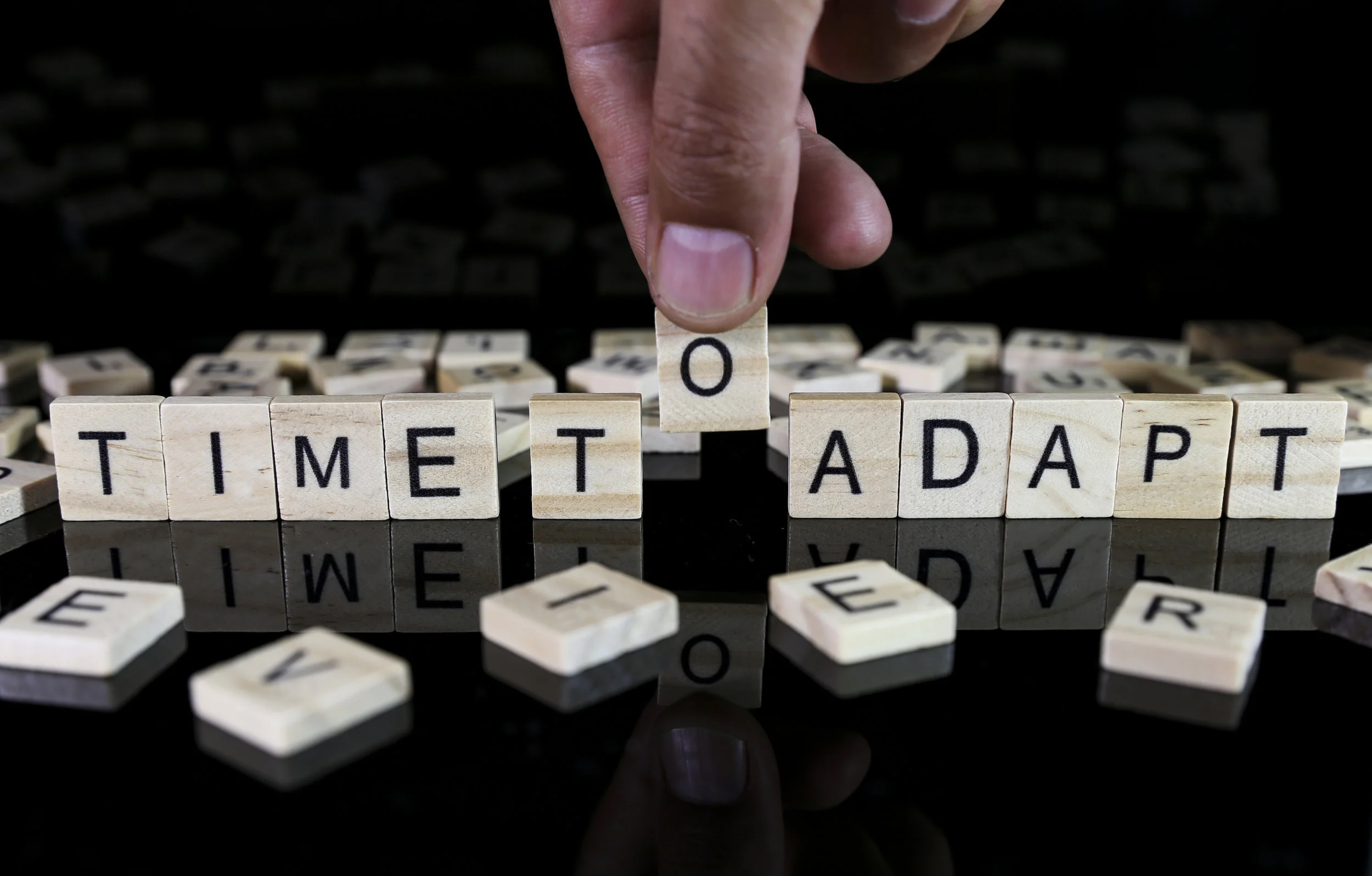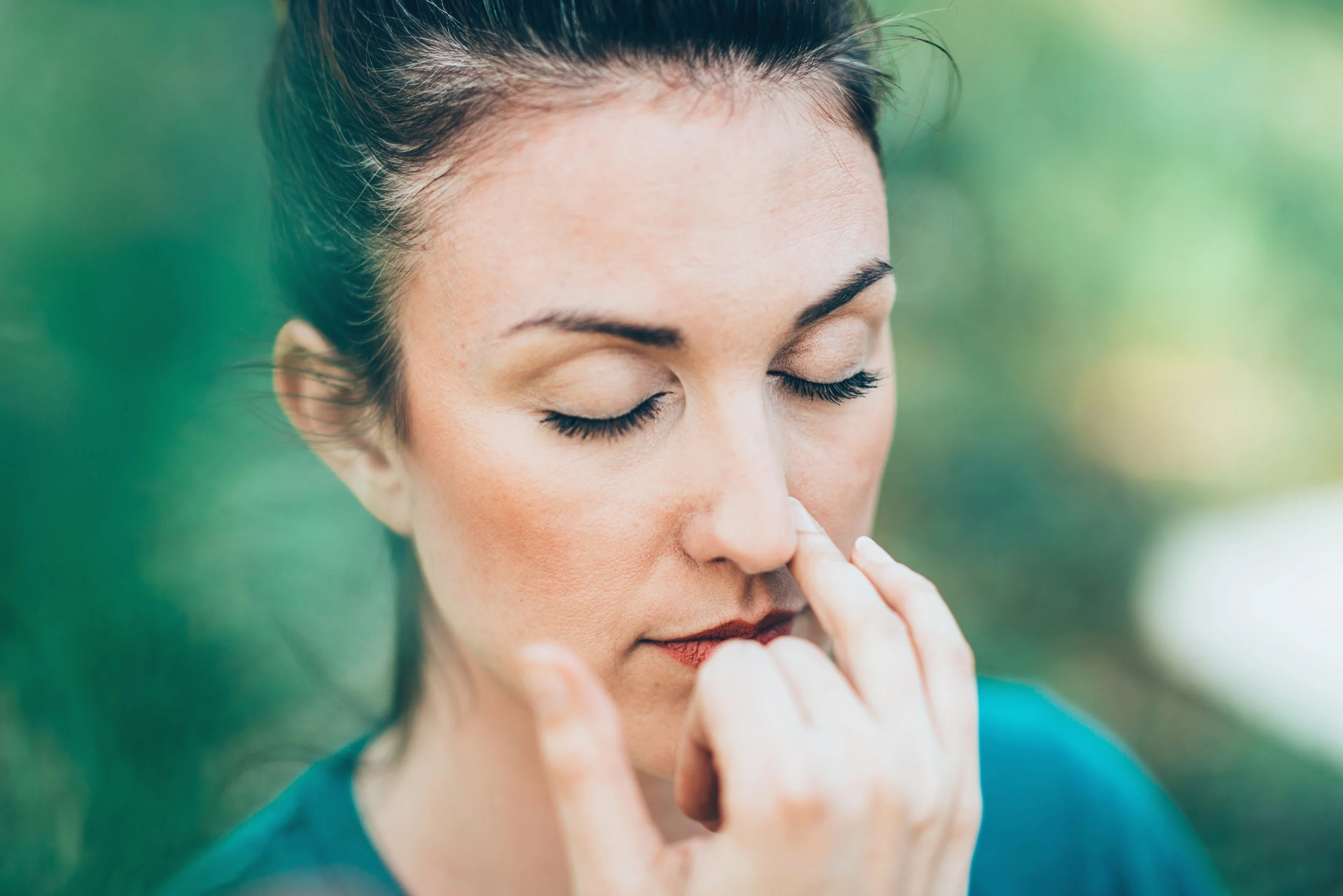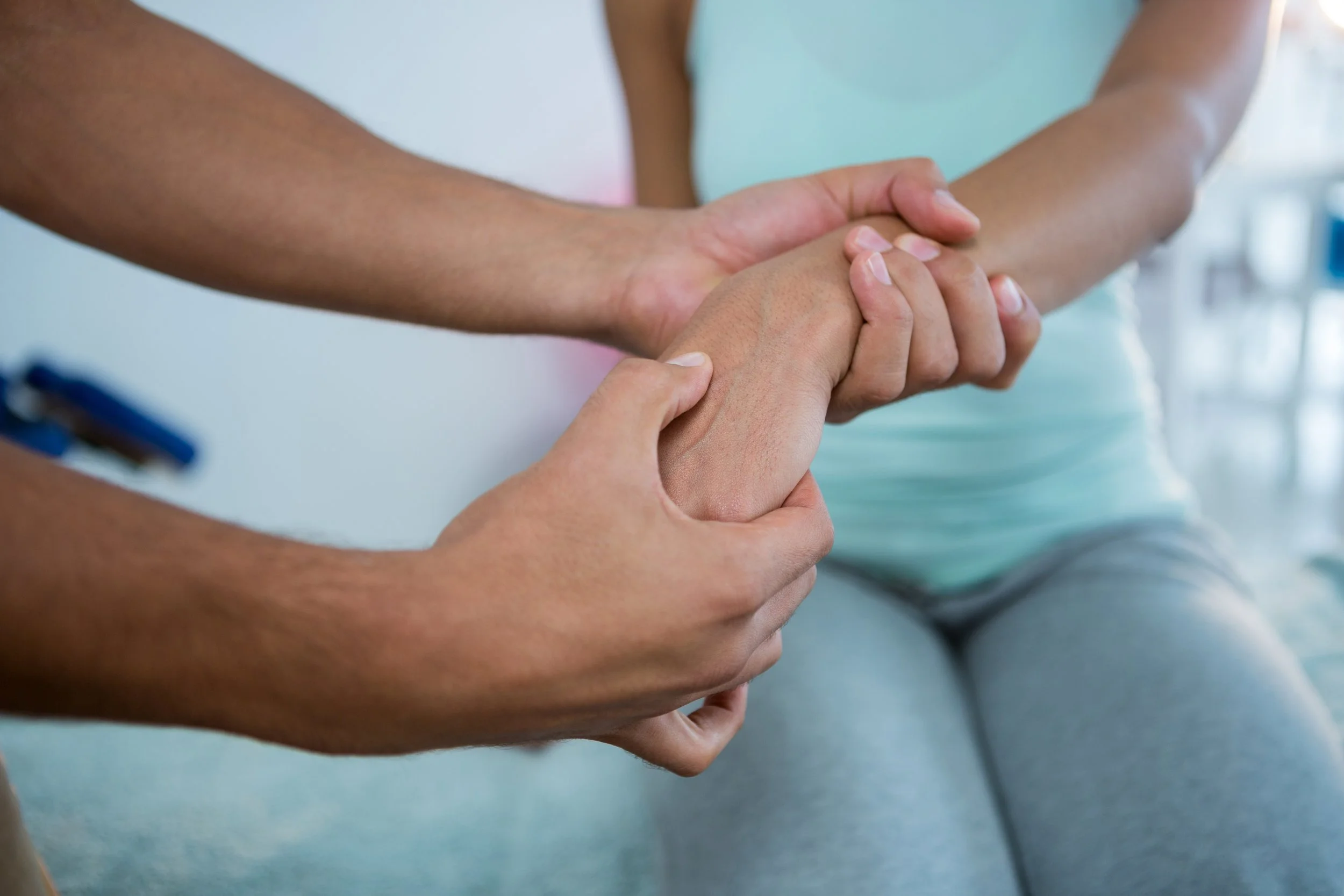A Probiotic That Lasts?
/The bacteria in yogurts have largely failed to live up to their hyped health benefits, but there are other microbes that might.
Imagine that you take some North American mice, breed them in captivity for many generations, and then release them in small numbers into a South American jungle. Smart money says that these house-trained creatures wouldn’t last very long. And yet, this is effectively what we’re doing whenever we buy and consume probiotics.
These products — yogurts, drinks, capsules, and more — contain bacteria that supposedly confer all kinds of health benefits. But most of the bacterial strains in probiotics were chosen for historical reasons, because they were easy to grow and manufacture. They aren’t A-listers of the human gut, and they aren’t well-adapted to life inside us.
To make things worse, they’ve been effectively domesticated, having been reared in industrial cultures for countless generations. And they’re delivered at very low concentrations, outnumbered by the bacteria that already live inside us by hundreds or thousands of time.
A sound concept that doesn’t stick
That’s why studies have repeatedly shown that the bacteria in probiotics are more like tourists than tenants — they pass through without settling down. “You’re trying to establish organisms in an ecosystem to which they haven’t evolved,” says Jens Walter, from the University of Alberta. “They don’t possess the adaptations to be successful.”
That’s why probiotics don’t seem to have any effect on the make-up of the microbiome — the community of microbes that lives within us. It’s also why these products have been so medically underwhelming. The most discerning reviews suggest that they are useful for treating some kinds of infectious diarrhea, but little else.
And over the last decade, European Union regulators have been so unimpressed by the evidence behind probiotics that they banned every single health claim that appeared on these products’ packaging — including the word “probiotic” itself.
The concept is sound, though. We know that the bacteria in our microbiome are important for our health, and that changes in the microbiome have been linked to many conditions including inflammatory bowel disease, colorectal cancer, diabetes, and more. So it should be possible to improve our health by taking the right microbes. The problem is that we do so in a crude and naïve way. These are living things and we are ecosystems. You can’t just introduce the former into the latter and assume they’ll take hold. You need to know why they might succeed or fail.
Unexpected results
That’s what Walter and his team have started to do. They focused on a specific strain of Bifidobacterium longum, which is a common, stable, and dominant part of the human gut. María Maldonado-Gómez, from the University of Nebraska, asked 23 volunteers to take daily doses of either B. longum or a placebo pill, and checked their stool for signs of the strain’s DNA.
In most of the volunteers, the bacterium disappeared within the first month or even the first week. But in a third of them, it persisted, and for more than half a year in some cases. Unlike normal probiotics, this strain seemed to establish a permanent foothold.
“I never expected that,” says Walter. “Even with part of our core microbiome, I thought that our resident strains would outcompete the new one.”
In a way, they did. By comparing the volunteers’ microbiomes, Maldonado- Gómez showed that his B. longum strain was less likely to settle down if its new hosts already had B. longum strains of their own. That makes sense: Closely related microbes should be more similar, and thus more likely to compete for the same nutrients, resources, or living spaces. If many kinds of B. longum are already present, there are few niches for an incoming strain to fill.
Maldonado-Gomez also found that the ingested strain was more likely to wash out if a volunteers’ microbiome carried a few dozen particular bacterial genes, the vast majority of which are involved in breaking down carbohydrates and other nutrients. Again, this makes sense: If the native microbes are using these genes to digest whatever food is available, there’s nothing for an immigrant strain to eat.
These results show that it is possible to turn a swallowed microbe into a permanent part of the gut, and they hint at the type of factors that make for successful colonisation.
“I’m excited,” says Walter. “I think it really does show that we might be able to modulate gut ecosystems, by going in and establishing certain microbes. We didn’t look at health, and we’re still trying to identify what microbiome configurations are associated with disease. But if an individual misses or loses strains that are important for their health, it could be possible to redress that.”
Ecosystem first
“The smart way to administer probiotics is to look at a person’s existing microbial ecosystem first,” says Emma Allen-Vercoe, from the University of Guelph. “Are all the engine parts present and running as they should? If not, can we provide a missing part by giving a probiotic that possesses it? Can we predict how this newly introduced part will integrate into the engine?”
That’s a savvy and personalised approach to probiotics, with ecology at its heart — very different to the blundering, one-size-fits-all approach that companies currently take.
The success of this personalised approach depends on working out, on an individual basis, what niches in the gut are vacant and which strains are best at filling them. “But what if you could create a niche that only your strain could access?” asks Sean Gibbons, from MIT. Several scientists, he notes, are creating cocktails that contain both a probiotic microbe and a food source that only that microbe can eat — a so-called prebiotic.
“As long as the prebiotic was consumed in the diet, the probiotic would stick around,” says Gibbons. “If the prebiotic were removed, the probiotic would be washed out of the gut.”
Such a strategy might help to address concerns about giving people microbes that are specifically meant to persist in the body. Current probiotics have a fantastic safety record, but perhaps that’s because of their transience. If we switch to strains that are better colonisers, it might lead to unintended consequences.
Then again, there was no evidence of that in Walter’s study. The newcomer strain didn’t displace any of the volunteers’ native microbes, in the way that invasive species like fire ants or cane toads do. It didn’t affect the volunteers’ health, either.
Still, Walter worries that the use of better-colonising strains would lead to inappropriately harsh regulatory hurdles. He feels that the risks of ingesting core members of the microbiome are very small. “We’re already doing that with fecal transplants, and we introduced bacteria into our bodies all the time from our surroundings,” he says.
For now, such talk is moot, because the era of precision microbiome medicine still seems a long way off. “The findings need to be replicated in larger studies,” says Nadja Kristensen, from the University of Copenhagen. And while the study reveals why bacteria might colonise healthy humans, it’s unclear if the same principles would apply to sick people with disturbed microbiomes.
Walter’s study also looked at just one strain of B. longum, which is being developed by the Irish company Alimentary Health as a probiotic. Many other strains exist and they behave very differently.
“The company has another B. longum on the market, and they know for a fact that it doesn’t persist,” he says. “I would hope and anticipate that we’d see more studies that are similar to ours, using core members of the microbiome. We’re really just at the beginning.”
By Ed Yong
Source: The Atlantic











![Self-regulation “control [of oneself] by oneself"](https://images.squarespace-cdn.com/content/v1/55563e14e4b01769086817cb/1542845645966-PO2HGKF5JLUBM45UIWQ3/wee-lee-790761-unsplash.jpg)



















